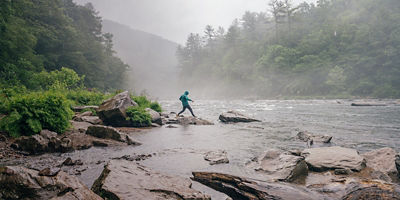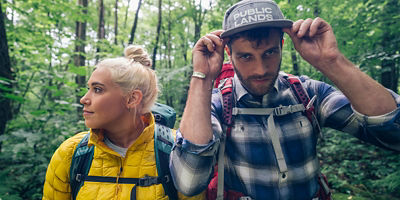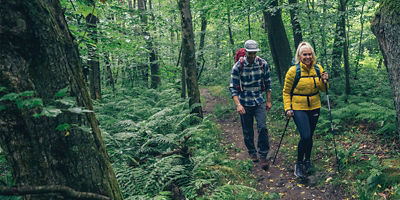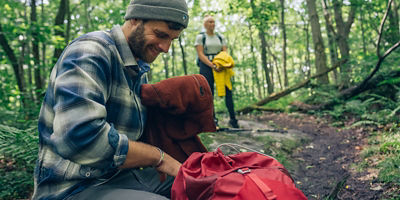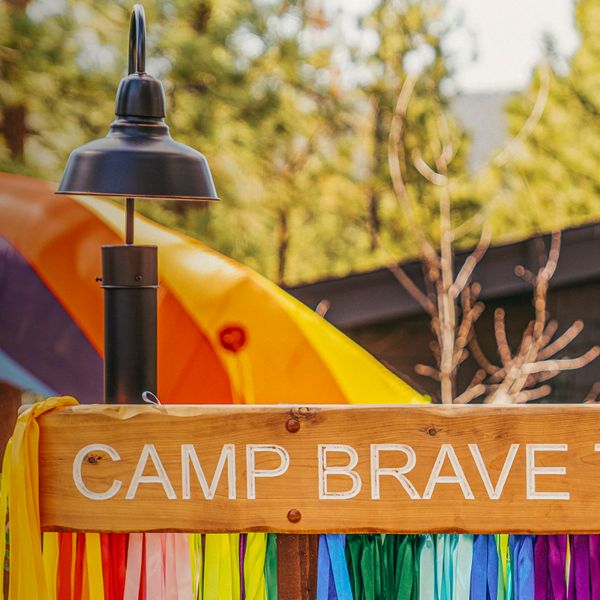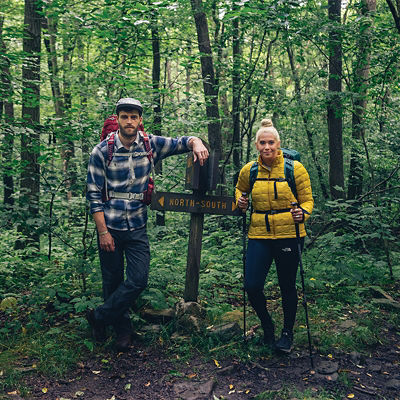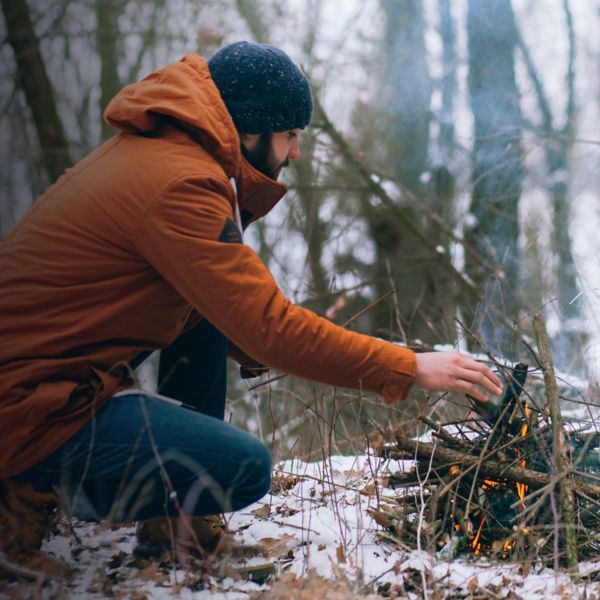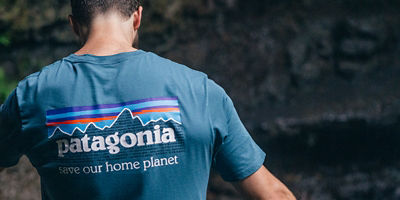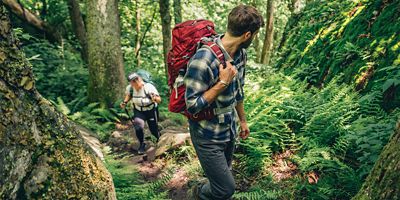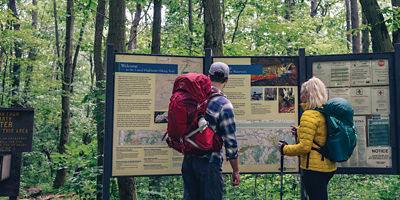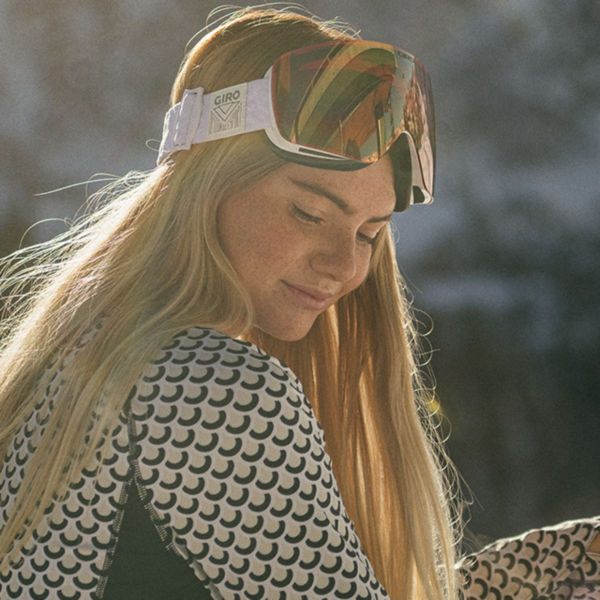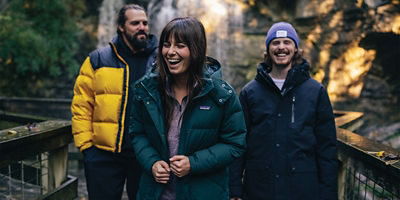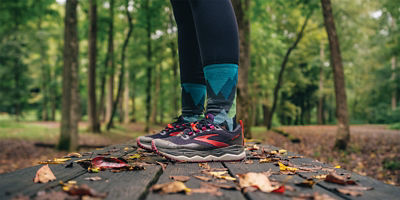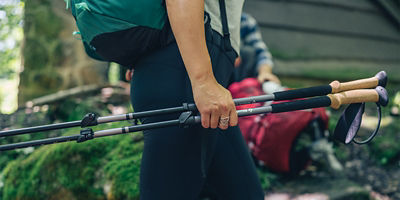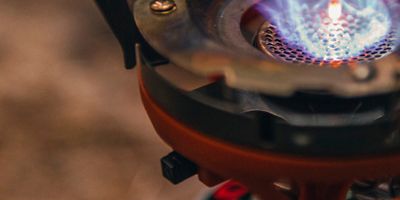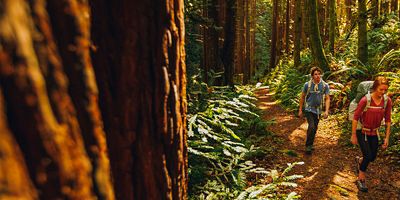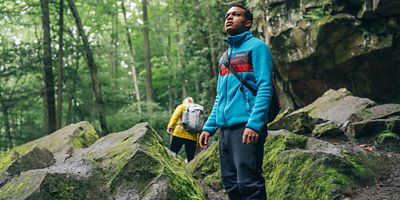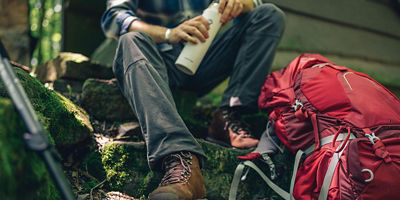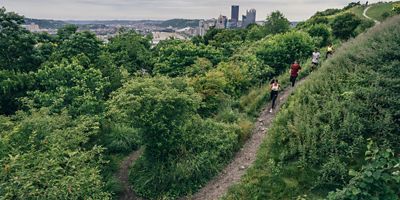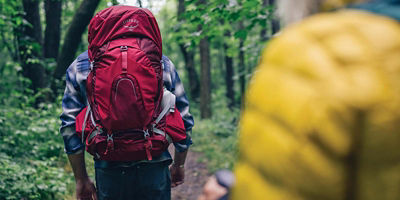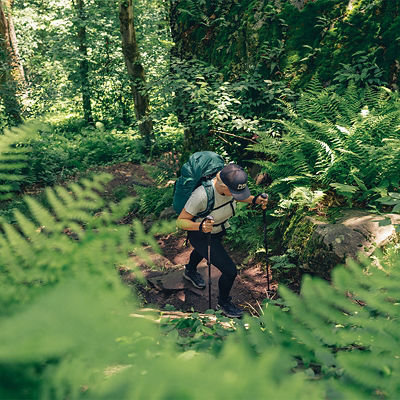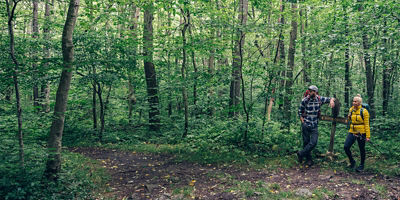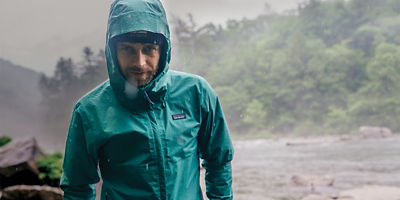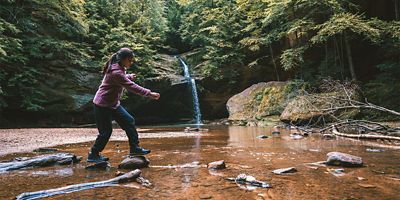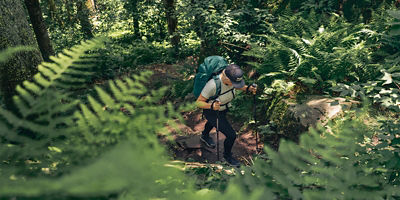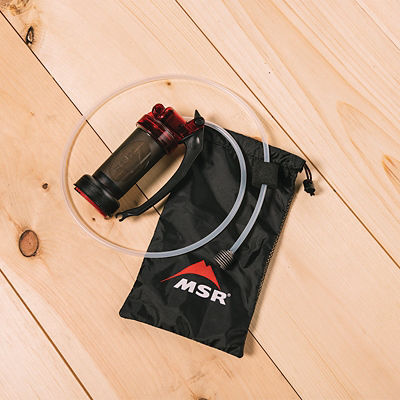
Sure, everyone’s excited about the declaration of America’s newest national park in West Virginia, but the Mountain State is also home to a national recreation area that is equally as stunning. The Spruce Knob-Seneca Rocks National Recreation Area encompasses 100,000 acres of mountains and river valleys inside the greater Monongahela National Forest that includes the tallest peak in the state (4,863-foot Spruce Knob) and the distinctive Seneca Rocks: a thin, rock outcropping that stretches 900 feet above the valley floor, punctuating the mountain ridge like shark fins cutting through water. More than 60 miles of backcountry trails attract hikers and backpackers while the fins of Seneca Rocks are renowned among rock climbers. Still, the recreation area sits in a remote, rural (eastern) corner of West Virginia and receives a fraction of the attention of the more famous New River Gorge National Park. There are no bustling resort-like towns or elbow-to-elbow crowds in or around Spruce Knob-Seneca Rocks.
But the terrain within the National Recreation Area should not be overlooked, as it combines a pastoral setting, where cattle and sheep still graze open meadows, with dramatic landscapes, like the 20-mile-long Smoke Hole Canyon surrounding the South Fork Potomac River—not to mention the towering Spruce Knob, which is covered in a dense evergreen forest. And while it’s (if anything) underutilized given its high-quality opportunities for adventure, you won’t get overwhelmed here; the area is small enough that you can knock out the following highlights during a single trip, making it the perfect long weekend getaway.
Geology of Seneca Rocks
The outcroppings that make up Seneca Rocks are stunning. The twin fin-like formations rise 900 feet from the river valley floor—the result of roughly 400 million years of sedimentation and erosion. What’s left are cliffs composed of Tuscarora quartzite that is roughly 250 feet thick at its widest point, and just a few feet thick at its most narrow. The outcroppings run along the ridgeline like scales down a dragon’s spine. One superlative to note: Seneca Rocks is the tallest 5th class summit in the eastern U.S., which means it requires a roped ascent and rappel.
Human History
West Virginia was a vast, unknown wilderness to the first European settlers who showed up in the 1700s to the area that would become Spruce Knob-Seneca Rocks National Recreation Area, but Native Americans had been living on the land for centuries, with archeologists pointing as far back as the Archaic period to their habitation of the valleys, likely camping at the mouth of Seneca Creek. More recently, a number of Native tribes established villages at the base of the mountains—where a well-established trail tracing the Potomac River acted as a thoroughfare for trade (and battle) between the Algonquian, Tuscarora and Seneca peoples. The park service discovered ruins of two Native American villages when it broke ground for the Seneca Rocks Visitor Center, unearthing roughly a dozen dwellings and dating their usage back about 600 years. Today, you can visit the Sites Homestead, a restored farmhouse from the 1800s where interpreters dress in period clothing and demonstrate 19th-century frontier crafts and skills.
Rock climbers started showing interest in the rocks in the 1930s, with Paul Brandt and Florence Perry claiming the first documented rope ascent of The North Peak in 1935 (though it’s highly unlikely the peaks went unclimbed by the Native Americans that lived and traveled the area prior). In 1943 and 1944, the U.S. Army used Seneca Rocks to train mountain troops for combat in the European Alps.
Visiting Spruce Knob
The National Recreation Area is broken up into two separate units that are close in proximity, but mostly divided by private farm land. There is no entrance fee for visiting the recreation area and no reservations are required. Seneca Rocks Discovery Center is the main visitor center, sitting at the base of Seneca Rocks. A trail leaves from the center, climbing to the edge of the rock outcropping, and there’s a restored homestead nearby giving you a sense of the agrarian lifestyle for Europeans who first settled the area. On Spruce Knob, you’ll find a stone lookout tower offering expansive views of the surrounding mountains and farmland. While the nearby town of Seneca Rocks isn’t large, it serves as the gateway community to the National Recreation Area and should have any supplies you’ll need to provision a visit.


